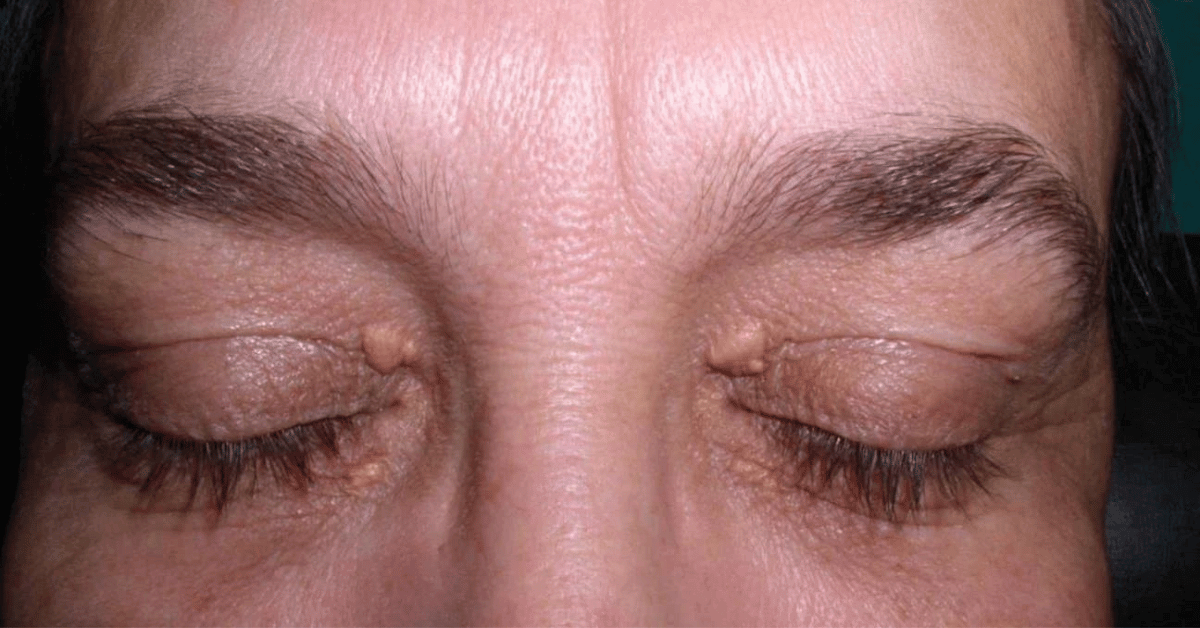A xanthelasma is a small, innocuous lump that can be found on the upper or lower eyelid. Cholesterol deposits accumulate beneath the skin’s surface. Although xanthelasma does not pose any health risks, it can be a cosmetic concern for some. A series of sessions may be necessary for removal, which might involve invasive or non-invasive therapies as well as surgery. Xanthelasma is a chronic condition since it might come back even after removal.
Factors contributing to formation of Xanthelasma
Xanthelasma patients with elevated cholesterol make up around 50% of the total. Things that could put you at risk:
- Gender
- Use of Tobacco
- Obesity
- Alcohol consumption
- A high cholesterol level
- High BP
- A personal or family history of xanthelasma
- It mostly occurs between 35 and 55 years of age
Noticeable signs of Xanthelasma
The skin surrounding your eyes, which could appear yellow, could be:
- Raised or Flat
- soft or rigid
- Unsightly
Diagnosis of Xanthelasma
The presence of xanthelasma on the skin surrounding your eyes will be noticeable to your healthcare provider. One or more xanthelasma pimples may appear on your skin. Neither a biopsy nor laboratory testing is required for this clinical diagnosis. Your doctor may request blood tests, including fasting cholesterol readings, to assess your health.
Treatment and Management of Xanthelasma
For some reason, xanthelasma just won’t go away—and in certain cases, it might even worsen. While non surgical treatment for xanthelasma may offer temporary relief, having it removed by a medical professional is the most effective and secure choice.
Possible removal methods for Xanthelasma are:
- Procedures such as electrocautery and laser surgery
- Peeling agents
In addition to the constant risk of recurrence, complete removal of xanthelasma may require multiple rounds of treatment. The experts at Deevine Eye Care & Multispeciality Centre would be pleased to examine and treat you if you suspect you have xanthelasma. If you’re searching for an eye surgeon in Ghatkopar, Deevine Eye Care offers comprehensive services to address various eye conditions, including xanthelasma.

